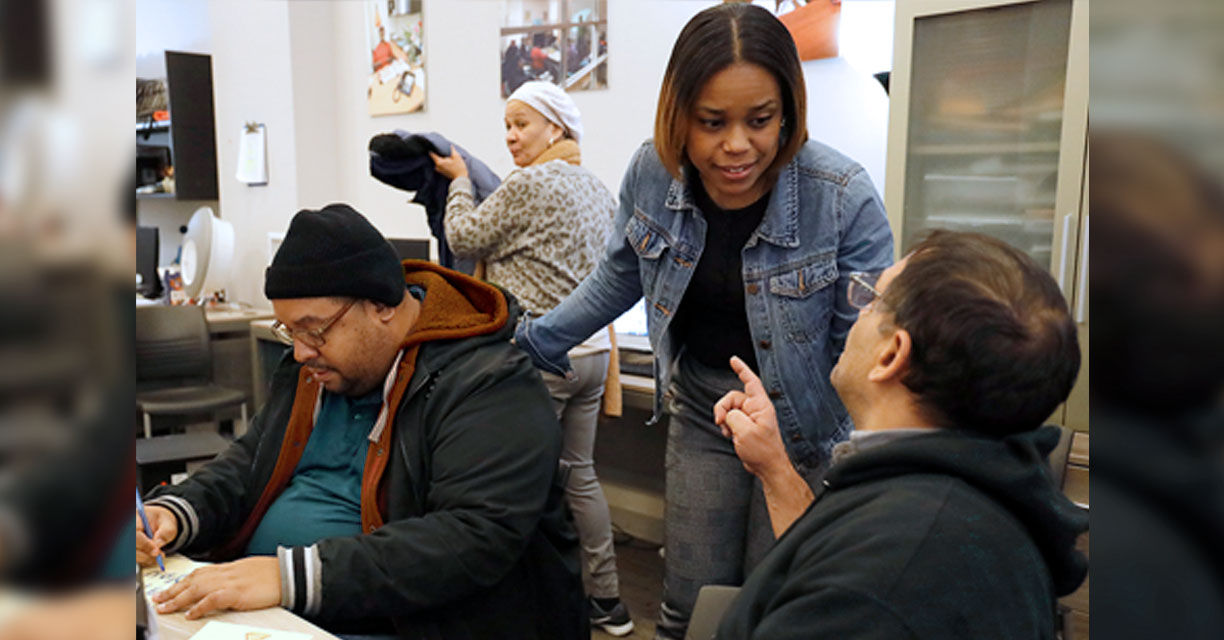By Sue Oestreich and Dr. Thomas Von Sternberg, HealthPartners
In 2018, the Assistant Secretary for Planning and Evaluation at the US Department of Health and Human Services released a report highlighting effective strategies for managing populations with chronic complex needs and additional social risk characteristics.
The report included four case studies from high-performing Medicare Advantage health plans. All four featured special needs health plans with a long history of developing and tailoring their care models and care management approaches.
HealthPartners of Minnesota, one of seven health plans in Minnesota’s state administered Minnesota Senior Health Options (MSHO) program, was highlighted for addressing a social determinant of health risk factor within their frail elderly population: lack of transportation. The report detailed both HealthPartner’s unique dedication to improving transportation quality and convenience for its members, and the benefits of state supported Fully Integrated Dual Eligible Special Needs Plan (FIDE SNP), like MSHO.
The Centers for Medicare and Medicaid Services (CMS) recently published the Minnesota Managed Care Longitudinal Data Analysis Study. The study found that seniors enrolled in the integrated Minnesota Senior Health Options (MSHO) program experience improved outcomes.
The study provides strong support for continued integration of Medicare and Medicaid for people eligible for both programs. When comparing the experiences of similar beneficiaries inside and outside of MSHO, the report found that MSHO enrollees were:
- 48 percent less likely to have a hospital stay, and those who were hospitalized had 26 percent fewer stays
- Six percent less likely to have an outpatient emergency department visit, and those who did visit an emergency department had 38 percent fewer visits
- 2.7 times more likely to have visited a primary care doctor at least once in the year
With 38,800 enrollees as of July 2018, HealthPartners’ MSHO service area includes rural and metropolitan counties. Its members live in community, congregate and long-term care settings.
HealthPartners has an engaged in-house transportation department that provides transportation to and from medical and dental appointments. By traveling throughout the service area and meeting with transportation providers, this department has built collaborative relationships and established effective communication channels to allow for on-the-spot resolution of issues. HealthPartners believes that providing reliable, flexible, and easy-to-use medical transportation to frail elderly population is essential to improving health outcomes, reducing disparities, and minimizing social risk factors.
Many MSHO members do not have the resources to own a vehicle. Many are also unable to rely on social or familial support to provide a stable alternative for transportation needs. The HealthPartners MSHO Care Coordinators and transportation department communicate directly with patients to arrange transportation as a free service. This consumer-direct interfacing also fosters communication between department leaders and facilitates planning when exploring ways to enhance care for MSHO members.
Person-centered transportation options are critical for both care after an acute event and routine preventive care. HealthPartners offers cab rides to MSHO members to meet their transportation needs. The program also prioritizes post-acute “safe transitions” by ensuring that MSHO members are able to be seen after acute events and to connect back to their primary and specialty care providers in a timely fashion. The MSHO Care Coordinator calls within 24-48 hours post-discharge and immediately starts care planning, ensuring that members have a post-discharge follow-up appointment and transportation to get there.
There are two distinct health effects of poor transportation: less use of preventive and primary care services and more use of emergency rooms. Since Medicaid enrollees are 10 times more likely to report that transportation was a barrier to accessing timely primary care, having this benefit is essential to improve health outcomes for this population.



